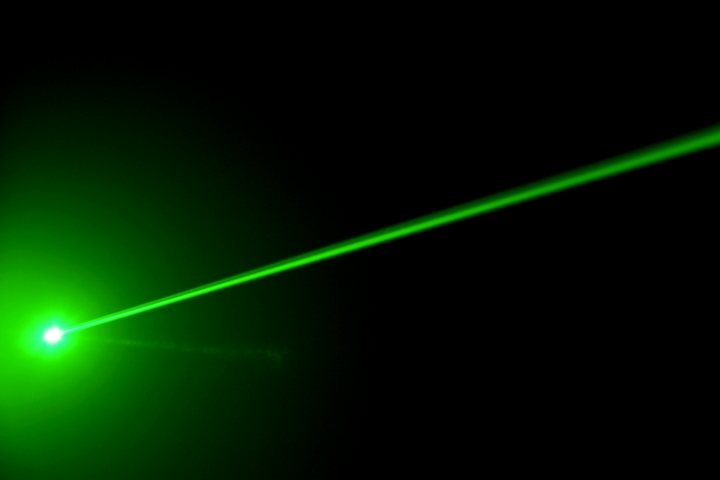New research from the University of Rochester will enhance the accuracy of computer models used in simulations of laser-driven implosions, and may bring scientists one step closer to achieving fusion.
In laser-driven fusion experiments, short, intense pulses of light lasting billionths of a second are used to compress and heat hydrogen fuel to a state in which fusion reactions occur. Ideally, this process would result in more energy released than what was used to heat the system. Laser-driven fusion experiments require that many overlapping laser beams propagate through plasmas to precisely deposit their energy at the desired locations. But the interactions between the laser and the plasma can complicate the intended result.
In a paper published in Nature Physics, researchers at the University of Rochester’s Laboratory for Laser Energetics (LLE) and their colleagues at Lawrence Livermore National Laboratory in California and the Centre National de la Recherche Scientifique in France, experimentally demonstrated for the first time that overlapping laser beams modify the conditions of the underlying plasma, which in turn affects the transfer of energy between the beams. Incorporating this new data into computer models will allow researchers to develop more accurate predictions for indirectly driven fusion experiments.
In order to achieve the most optimal conditions and performance in laser-driven fusion, the laser drive radiation must hit the hydrogen fuel target in a symmetrical way.
“Whether the laser light directly illuminates the target—which is under investigation at the LLE—or is first converted to X-rays—as is being pursued at Lawrence Livermore’s National Ignition Facility—it is critical to optimize the drive pressure as well as the illumination symmetry,” says David Turnbull, a scientist at the LLE and the first author on the paper. “Both approaches necessarily generate environments in which many laser beams overlap in hot plasma surrounding the target, and it has been recognized for many years that the laser beams can interact and exchange energy, which modifies the resulting drive conditions and can degrade performance.”
[rand_post]
Researchers often utilize supercomputers to study the implosions involved in fusion experiments, and it is important that these computer models accurately depict the physical processes involved in the experiments, including the exchange of energy. For the past decade, researchers have used computer models describing the mutual laser beam interactions, known as crossed beam energy transfer (CBET). The current models used to describe this interaction, however, have generally assumed that the beams of the laser interact in the type of equilibrium of thermal plasma conditions that one would expect when no lasers are present.
“But of course lasers are present,” says Dustin Froula, a senior scientist at the LLE. “Historically, calculations of inertial confinement fusion experiments have incorrectly assumed that the distribution of electrons are Maxwellian (a common thermodynamics equilibrium function) and the energy transfer between laser beams has been overestimated by about 30 percent.”
In 1980, a theory was presented that predicted these non-Maxwellian distribution functions in laser plasmas due to the preferential heating of slow electrons by the laser beams. However, until now, the theory had never been demonstrated experimentally.
“Almost 40 years ago it was predicted that lasers alter the underlying plasma conditions in subtle but important ways,” Froula says. “The predicted non-thermal plasma conditions are typically neglected because evidence was lacking.”
[ad_336]
Turnbull, Froula, and physics and astronomy graduate student Avram Milder, conducted experiments at the Omega Laser Facility at the LLE using a technique known as Thomson scattering to make highly detailed measurements of the laser-heated plasmas. The results of these experiments show for the first time that the distribution of electron energies in a plasma is impacted by their interaction with the laser irradiation and can no longer be described by the Maxwellian distribution function.
The new research experimentally validates the decades-old theory that lasers alter plasma conditions and shows that the laser-plasma interaction strongly modifies the transfer of energy between crossed laser beams. This, researchers believe, in turn significantly impacts illumination symmetry in indirectly driven fusion experiments.
“The results are a great demonstration of the innovation at the Laboratory and the importance of building a solid understanding of laser-plasma instabilities for the national fusion program,” says Michael Campbell, the director of the LLE.
The data from these experiments can now be input into models.
“New inline models that better account for the underlying plasma conditions are currently under development, which should improve the predictive capability of integrated implosion simulations,” Turnbull says.
